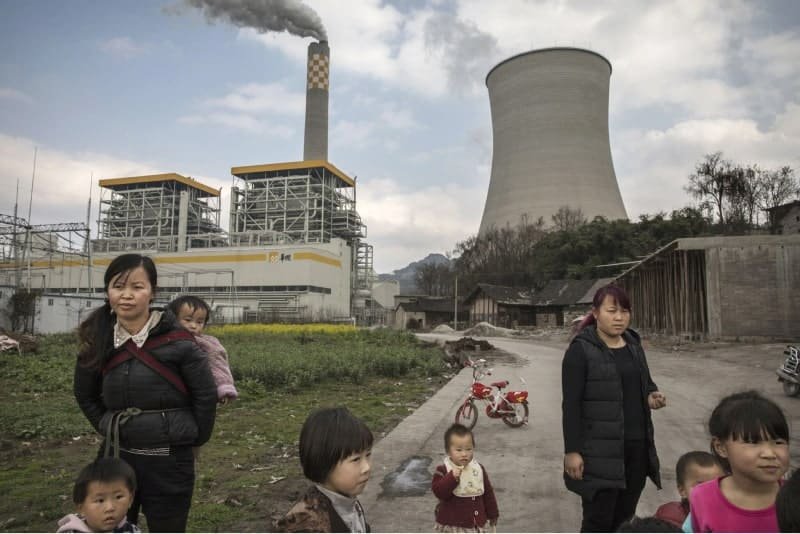On July 16th, the world’s largest producer of greenhouse gas pollution – China, launched a nationwide carbon emissions trading market.
This was a long-awaited move toward combating climate change, and the market aligns the ability to pollute into an allowance that can be purchased and sold. It is one of several measures implemented by the Chinese government in an effort to demonstrate its commitment to drastically decreasing carbon dioxide emissions in the future decades.
Xi Jinping, China’s leader, has vowed to combat climate change and aims to portray his country as an ecologically responsible world power.
Mr. Xi made two landmark climate promises last year.
- He promised that China’s carbon dioxide emissions will peak before 2030.
- China will attain carbon neutrality before 2060.
He added, implying that the quantity of carbon dioxide gas produced into the environment by China would be offset by techniques such as forest planting.
Mr. Xi’s commitments, if fulfilled, have the potential to make a substantial influence in the world’s efforts to combat climate change.
The Paris Agreement, a worldwide agreement aimed at limiting global warming to less than 1.5 degrees Celsius, would not be achievable unless China and the other major countries move quickly to reduce greenhouse gas emissions.
China’s greenhouse gas output accounted for 27% of global emissions in 2019. That’s more than the combined amount of the next three largest polluters — the United States, the European Union, and India.
Since passing the United States as the leading polluter in 2006, China has faced strong domestic and international pressure to decrease emissions and do more to combat global warming.
China’s new carbon emissions market functions by restricting the amount of carbon dioxide that businesses may emit. The aim is to generate competition to push them to become more energy efficient and to embrace clean technologies.
Companies that reduce their carbon footprint can sell unused pollution allowances; those that exceed their emissions allowance may be required to purchase additional permits or pay fines.
Governments can force firms to adopt carbon-cutting technology by auctioning permits and gradually reducing the amount of pollution that they are permitted to emit.
Emissions trading, rather than top-down administrative measures, can be a more effective and flexible instrument for reducing emissions.
China’s carbon market has been in the works for some years.
Over a decade ago, the Chinese government began local experiments of carbon trading and in 2015 planned on developing a national trading scheme. However, the Chinese government has failed to get the conditions perfect for a nationwide launch.
To guarantee that the market works, authorities must correctly measure emissions from industries and plants and then verify that polluters do not cheat by concealing or altering emissions data.
However, with China’s huge industrial base and relatively lax regulation, this has proven to be difficult.
Earlier this month, a company from Inner Mongolia, a province of northern China, that is participating in the new market, was penalized for faking carbon emissions statistics.
The Chinese government first said that the market might include steel production, cement production, and other sectors, as well as power plants.
However, it limited the scope to only coal and gas facilities that provide power and heat – a sector with fewer competitors and therefore simpler to oversee.
China’s coal and gas power sectors covers almost a tenth of total world CO2 emissions.
Other industries may enter the market in the coming years.
The Shanghai Environment and Energy Exchange chose 2,225 power plant operators, many of which are subsidiaries of China’s state-owned power conglomerates, to trade on its platform.
China’s carbon emissions market now dwarfs, Europe’s and California.
These and other carbon trading program may eventually join forces, becoming a possible worldwide market.
For the time being, however, overseas investors and financial firms will be barred from entering China’s carbon market.
However, most experts believe it would take years for China’s program to grow into an effective instrument for reducing emissions.
Adapted from: https://www.nytimes.com/2021/07/16/business/energy-environment/china-carbon-market.html

